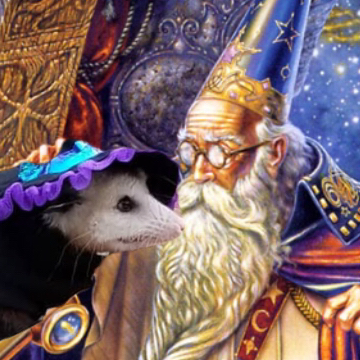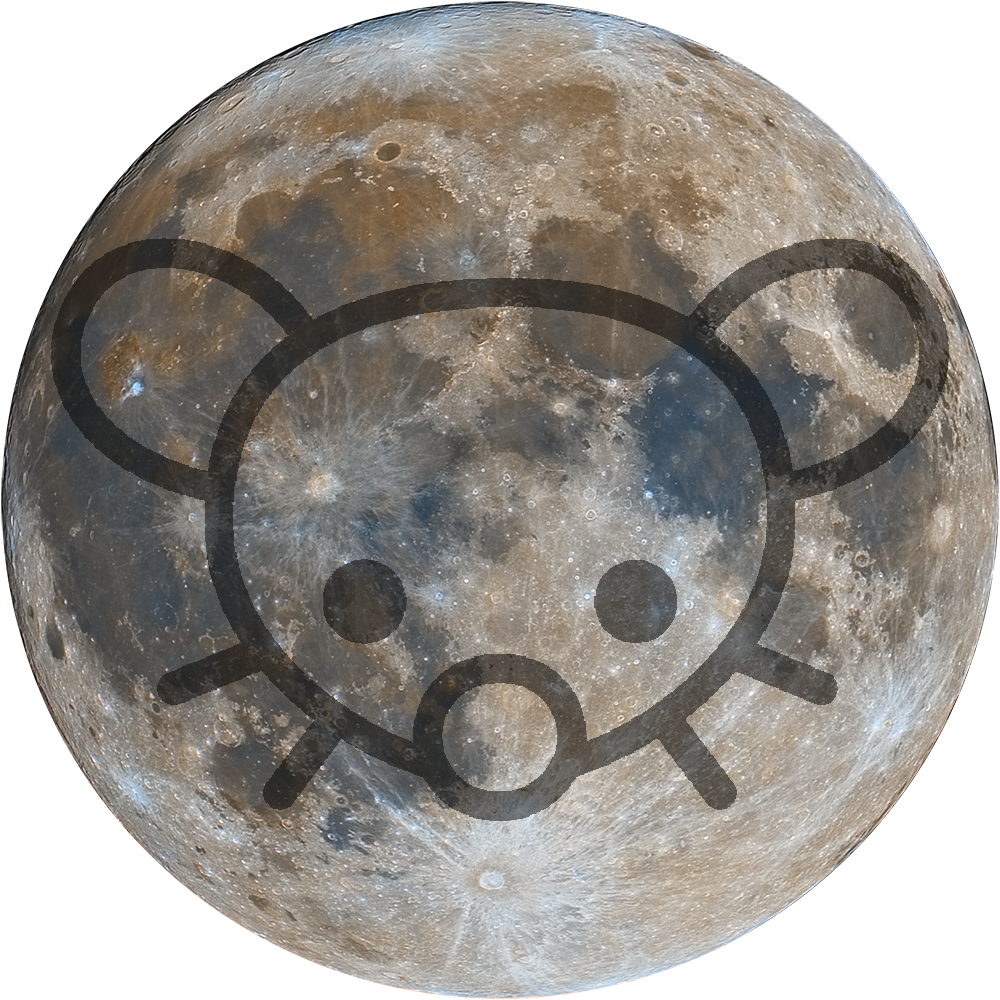The Horsehead Nebula is a dark nebula about 1400ly away from us in the constellation Orion. The Bright star near it is Alnitak, and it one of the stars that makes up Orion’s Belt. Because this is one of the brightest stars that people photograph when shooting DSOs, it often can result in unwanted halos, which are present in my RGB filters. I was able to edit the halos out to a level I felt was acceptable (see processing info below), however there still is some color fringing/artifacts on the edge of the halos. Also the bottom left of Alnitak is the Flame Nebula, which is just a nebula that happens to be in the foreground to the horsehead. Captured over 5 nights from February 14-20, 2022 from my Bortle 6 driveway.
Places where I host my other images:
-
TPO 6" F/4 Imaging Newtonian
-
Orion Sirius EQ-G
-
ZWO ASI1600MM-Pro
-
Skywatcher Quattro Coma Corrector
-
ZWO EFW 8x1.25"/31mm
-
Astronomik LRGB+CLS Filters- 31mm
-
Astrodon 31mm Ha 5nm, Oiii 3nm, Sii 5nm
-
Agena 50mm Deluxe Straight-Through Guide Scope
-
ZWO ASI-120mc for guiding
-
Moonlite Autofocuser
Acquisition: 12 hours 6 minutes (Camera at Unity Gain, -20°C)
-
Lum- 251x60"
-
Ha- 67x300"
-
Red- 33x90"
-
Green- 31x60"
-
Blue- 29x60"
-
Darks- 30
-
Flats- 30 per filter
Capture Software:
- Captured using N.I.N.A. and PHD2 for guiding and dithering.
PixInsight Processing:
-
BatchPreProcessing
-
SubframeSelector
-
StarAlignment
-
ImageIntegration
-
DrizzleIntegration (2x, Var β=1.5)
Linear:
-
DynamicCrop
-
Automatic and Dynamic Background extractions
RGB:
-
ChannelCombination to map monochrome R, G, and B images into a color image
-
PhotometricColorCalibration
-
Slight SCNR green
-
HSV repair
-
ArcsinhStretch + HistogramTransformation to bring nonlinear
Luminance:
- PixelMath to combine Ha and luminance stacks to make super-luminance image (to be used as the luminance layer going forward)
0.7*Ha + 0.3*Lum
-
EZ Decon
-
NoiseXTerminator
-
ArcsinhStretch + HistogramTransformation to bring nonlinear
Nonlinear:
-
Created two circle masks per this guide. SCNR + curve tweaks to mitigate the halos from my RGB filters
-
LRGBCombination with SuperLum
-
Ungodly amounts of curve transformations to further mitigate the halos, as well as just general curves for lightness, saturation, contrast, hues, etc.
-
ColorSaturation
-
Extract L > LRGBCombination for chrominance noise reduction
-
LocalHistogramEqualization
-
EZ Star reduction
-
NoiseGenerator to add noise into reduced star areas
-
another round of LHE
-
more curves
-
CloneStamp to remove a couple of weirdly artifacted stars
-
even more curves
-
Resample to 60%
-
Annotation
Interesting that the halo is square around Alnitak. How’d you do that?
It’s an artifact from the camera. The ASI1600 has microlenses over each pixel on the sensor, which makes this pattern around bright stars
Thanks for the reply. I’ve never heard of such a thing, but I’m a beginner and glad to learn.
-


